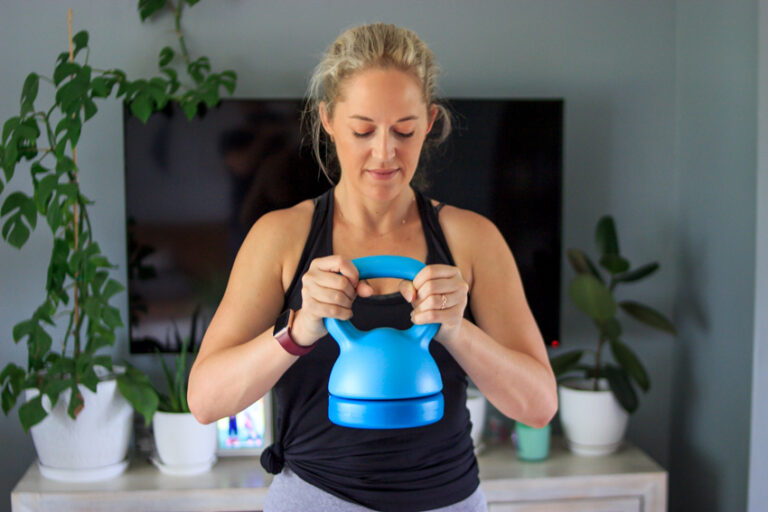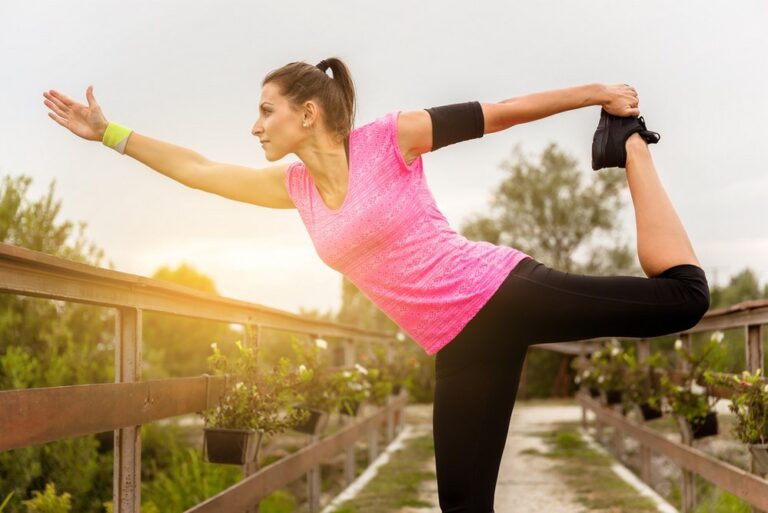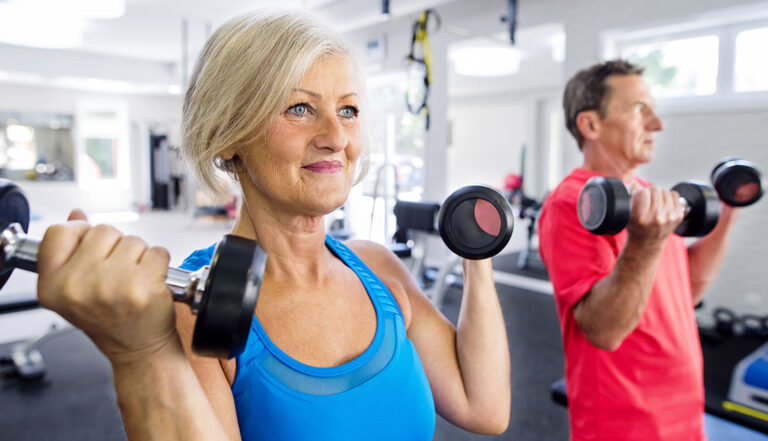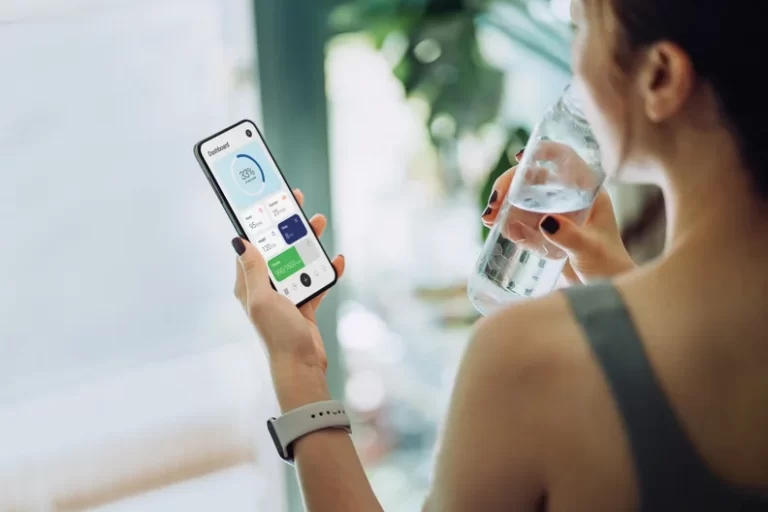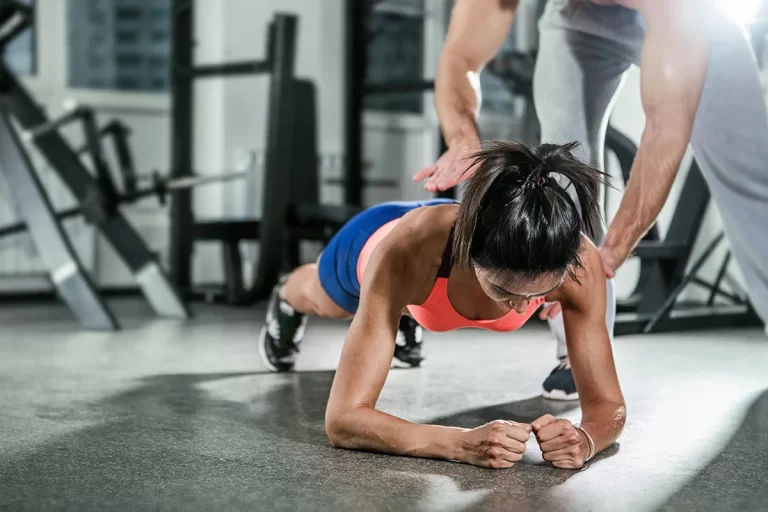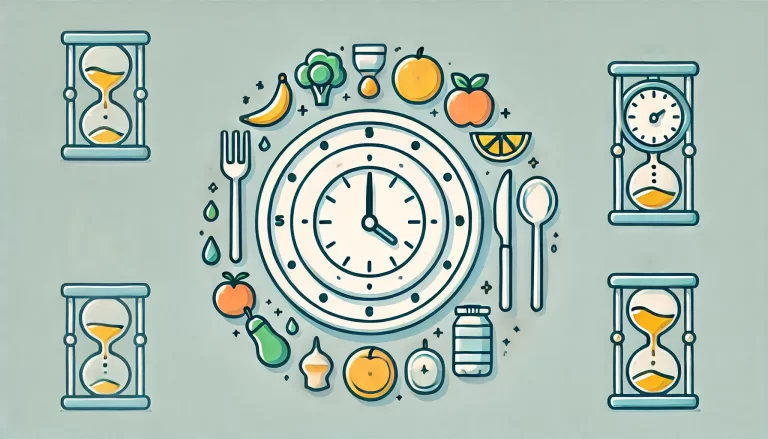Why Hydration During Exercise is Non-Negotiable?
Staying hydrated during exercise isn’t just about quenching thirst—it’s about keeping your body performing at its best. Water fuels your muscles, regulates your body temperature, and keeps everything running smoothly. Neglecting hydration during workouts, however, can lead to dips in energy, poor performance, or worse, serious health issues.
We’re breaking down the role hydration plays in your fitness routine, why it’s so important, and how you can make sure your body stays fueled when it needs it most.
The Science Behind Hydration
When we sweat, our bodies lose two key ingredients—water and electrolytes. These are essential for keeping your muscles firing, managing your body’s temperature, and pushing through your workouts.
Here’s how it works: your body uses sweat to cool itself down. The hotter and more intense your workout, the more you sweat. If you don’t replace the water you’re losing, you can run into dehydration. This can cause fatigue, dizziness, muscle cramps, and even heat-related illnesses.
But it doesn’t stop there—over-hydration (often called hyponatremia) can also be a problem, especially during endurance events like marathons. Drinking too much water without replacing electrolytes can dilute sodium levels in your blood, leading to confusion, nausea, or worse, more severe issues. Balance is everything.
How Much Water Do You Really Need?
Your hydration needs aren’t one-size-fits-all—they depend on everything from your body weight to the weather outside.
Here are a few key factors to consider:
- Body weight: Larger bodies generally need more water. A good rule of thumb is to drink 0.5–1 ounce of water per pound of body weight each day.
- Exercise intensity and duration: The harder or longer you work out, the more water your body will demand.
- Climate: Hot, humid weather (or dry heat) makes you sweat more, meaning you’ll need to sip more fluids.
A good strategy is to weigh yourself before and after workouts. If you’ve lost weight, it’s mostly water weight—you’ll know you need to hydrate better during your session.
Spotting Signs of Dehydration and Over-Hydration
Your body sends signals when it’s craving water. These are signs of dehydration to watch for:
- Dry mouth or extreme thirst
- Fatigue or feeling lightheaded
- Muscle cramps
- Dark yellow urine
On the flip side, here’s how you can spot over-hydration:
- Nausea
- Swollen hands, feet, or lips
- Frequent urination
- Clear urine (this can signal you’ve overdone it)
The key? Stay aware of the signals your body sends and adjust your hydration habits accordingly.
Practical Hydration Tips for Every Workout
Want to keep hydration simple? Follow these strategies to stay on top of your game:
- Before Exercise: Aim to drink 16–20 ounces of water about two hours before your workout. Top it off with another 8 ounces 15 minutes before you get moving.
- During Exercise:
- For short workouts (under 60 minutes), stick with water. Sip every 15–20 minutes.
- For longer or more intense sessions, consider sports drinks with electrolytes if you’ll be sweating heavily.
- After Exercise:
- Replace what you lost by drinking 16–24 ounces of water for every pound of sweat you lose. Yes, weighing yourself post-workout can help!
Electrolytes Matter More Than You Think
Electrolytes, especially sodium, potassium, and magnesium, work like a team to balance fluids in your body and keep your muscles contracting properly. When you’re sweating buckets, you’re losing these electrolytes, and plain water won’t replace them.
Here are great ways to replenish electrolytes naturally:
- Foods like bananas, oranges, avocados, and leafy greens.
- Sports drinks or electrolyte tablets if your workouts are long or extra sweaty.
- Coconut water as a natural hydration option packed with electrolytes.
Balance is the magic word. Combining hydration with electrolytes ensures your body stays in peak condition.
The Rise of Hydration Tools and Technology
Today, staying hydrated isn’t guesswork, thanks to technology. Here are a few innovations making waves:
- Wearable devices that track sweat levels and hydration needs in real time.
- Smart water bottles that remind you when it’s time to drink (because we all forget).
- Improved sports drinks that better replicate the electrolytes lost during exercise.
These tools can be game-changers for anyone serious about optimizing their hydration.
Keep Yourself Fueled and Energized
Hydration isn’t just a checkbox in your fitness routine—it’s the foundation for better performance, quicker recovery, and improved overall health.
By paying attention to your body’s fluid and electrolyte needs, you can work out harder, longer, and (most importantly) safer. Whether you’re hitting the gym, training for a marathon, or just starting your fitness journey, staying hydrated sets the stage for success.
Share this article with a fellow fitness enthusiast or someone who could use a little hydration inspiration. And if you have any tips or go-to hydration hacks, drop them in the comments—we’d love to hear from you!


